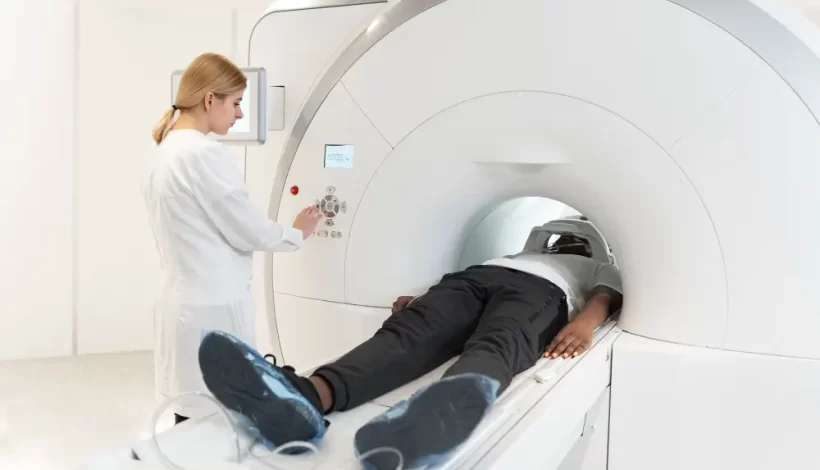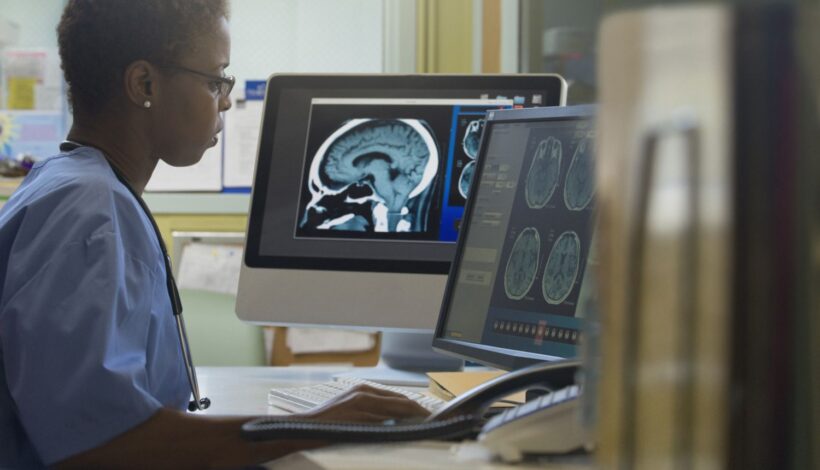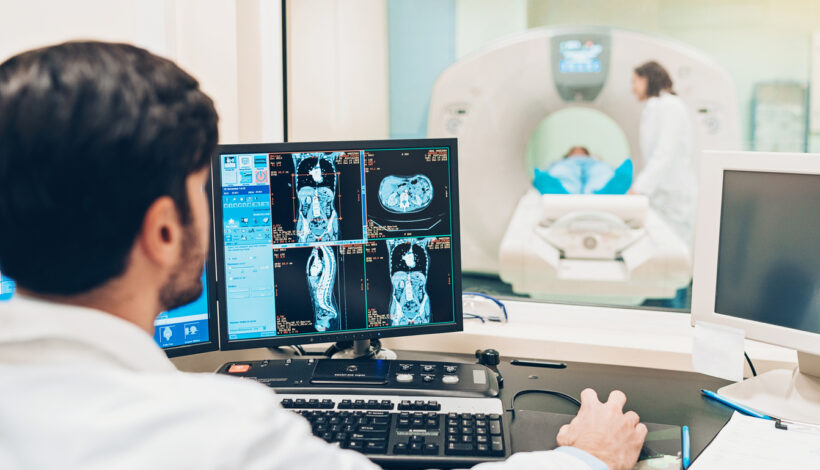Introduction In the fight against cancer, early and accurate diagnosis is crucial. The PSMA PET Scan in Mumbai has become a groundbreaking tool for detecting prostate cancer and other cancers at an early stage. This article delves into the benefits of this advanced imaging technique and how Ace Imaging in Mumbai is leading the way in offering this vital service.
What is a PSMA PET Scan? PSMA PET Scan (Prostate-Specific Membrane Antigen Positron Emission Tomography) is an advanced imaging test that provides detailed pictures of the prostate and other tissues where cancer may spread. This technology helps doctors identify cancer cells earlier and more accurately than traditional scans.
How PSMA PET Scan Works The PSMA Scan works by injecting a small amount of a radioactive tracer that binds to PSMA proteins commonly found on prostate cancer cells. This tracer makes the cancer cells glow on the PET scan, providing doctors with precise information about the location and extent of cancer.
Advantages of PSMA Scan for Early Cancer Detection 1. Enhanced Detection Capabilities The PSMA PET Scan in Mumbai stands out for its ability to detect even small cancerous lesions that other imaging techniques might miss. This is crucial for initiating early treatment.
- Accurate Staging and Treatment Planning For patients diagnosed with prostate cancer, knowing the exact stage is essential for effective treatment. Ace Imaging provides PSMA PET Scans that help map out the cancer’s reach, ensuring that doctors can create targeted treatment plans.
- Reduced Need for Multiple Tests Traditional imaging might require multiple tests to confirm cancer presence and spread. A PSMA Scan consolidates this process, offering comprehensive insights in a single session, saving both time and cost.
Why Choose PSMA Scan Over Other Imaging Techniques?
- Higher Sensitivity and Specificity: The scan’s ability to identify cancerous tissues with greater sensitivity than CT or MRI scans.
- Less Invasive: While being highly informative, a PSMA Scan is non-invasive and well-tolerated by patients.
- Efficient Diagnosis: It provides quicker and more reliable results, which helps reduce the anxiety of waiting for multiple tests.
The Role of Ace Imaging in Delivering Quality PSMA PET Scans in Mumbai Ace Imaging in Mumbai is at the forefront of providing state-of-the-art diagnostic imaging services. Equipped with the latest technology and a team of skilled radiologists, Ace Imaging ensures that patients receive accurate, timely, and compassionate care.
What Sets Ace Imaging Apart?
- Cutting-edge Technology: Utilizing the latest advancements in PET scan technology.
- Experienced Team: Radiologists with specialized training in interpreting PSMA PET Scans.
- Comprehensive Care: A patient-centered approach that emphasizes clear communication and tailored care plans.
Conclusion The PSMA PET Scan in Mumbai offered by Ace Imaging is revolutionizing early cancer detection. With unmatched precision, faster results, and enhanced detection capabilities, this advanced imaging technique is invaluable for patients and healthcare providers alike. Choosing Ace Imaging for a PSMA Scan ensures you receive the highest standard of diagnostic care, contributing to better outcomes and peace of mind.
![]()




